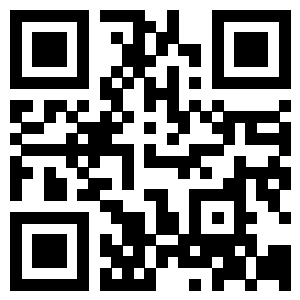We all know that terminal blocks are a type of connector, and in the power automation connection system, the appearance of terminals can be said to free the hands of maintenance personnel. The wiring terminal has a simple structure, a wide variety of types, and flexible application. Especially when a terminal malfunctions, replacement is very simple. Simply remove the defective terminal and replace it with a new terminal of the same model and specification, greatly reducing maintenance time. The connection methods of wiring terminals are generally divided into 5 types. The following text will explain in detail the connection to the World Network.
Screw connection
Screw connection is the method of selecting screw type terminal blocks. The editor reminds you to pay attention to the maximum and minimum cross-sectional area of the allowed connecting wires and the maximum twisting force allowed for screws of different specifications and models.
Welding
The most common type of welding is pin welding. The most important aspect of soldering connection is the formation of metal continuity between the solder and the surface layer to be welded. So for wiring terminals and cold pressed terminals, the key is still solderability. The most common coating for the welding end of the wiring ring terminal is tin alloy, silver, and gold. Reed type contact has three types of common welding ends: welding pad type, punching welding pad type, and notch welding pad type. Needle hole type contact has drilling arc notch type for common welding ends.
Crimping
Crimping is a technique used to shrink and offset metal materials to the required extent and connect wires to contact pairs. Good crimping connections can cause metal materials to melt and flow together, causing symmetrical deformation of the wire and contact with the raw material. This type of connection is very similar to cold welding connection, as it can achieve good mechanical strength and electrical continuity, and can withstand even harsher environments and requirements. At present, it is widely believed that selecting appropriate crimping connections is better than soldering, especially in places with high electrical flow rates where crimping connections must be used. Special crimping pliers or automatic or semi-automatic crimping machines are required for crimping. The wire barrel of the contact pair should be appropriately used based on the cross-section of the cold pressed terminal and the cold pressed end wire. It should be noted that crimping connections are permanent connections, so they can only be used once.
Wrapping
Wrapping is the process of directly winding a wire onto a contact post with edges and corners. When winding, the wire is coiled under controlled tension, pressed in and fixed at the edges and corners of the contact wire winding column to form airtight contact. There are several regulations for winding wires: the nominal value of wire diameter should be within 0 Within the range of 25mm~1.250 m; When the diameter of the wire does not exceed 0.5mm, the tensile strength of the conductor material shall not be less than 15%; When the diameter of the wire exceeds 0.5mm, the tensile strength of the conductor material shall not be less than 20%. The tools for winding include a winding gun and a fixed winding machine.
Pierce the connection
Puncture connection, also known as insulation displacement connection, is a new technology invented by the United States in the 1960s. It has characteristics such as high reliability, low cost, and convenient use. Currently, it has been widely used in various printed circuit board terminals, cold pressed terminals, and ring terminals. It is suitable for connecting ribbon cables. When connecting, the cable sheath of the cable does not need to be peeled off. The tip of the "U" shaped contact spring of the wiring terminal is used to pierce into the cable sheath, allowing the conductor of the cable to slowly enter the groove of the contact spring and be clamped, thereby creating an inseparable electrical connection between the cable conductor and the wiring terminal spring. It only requires simple tools, but requires cables with specified wire specifications.
 简体中文
简体中文

